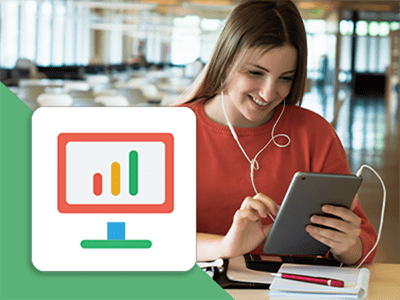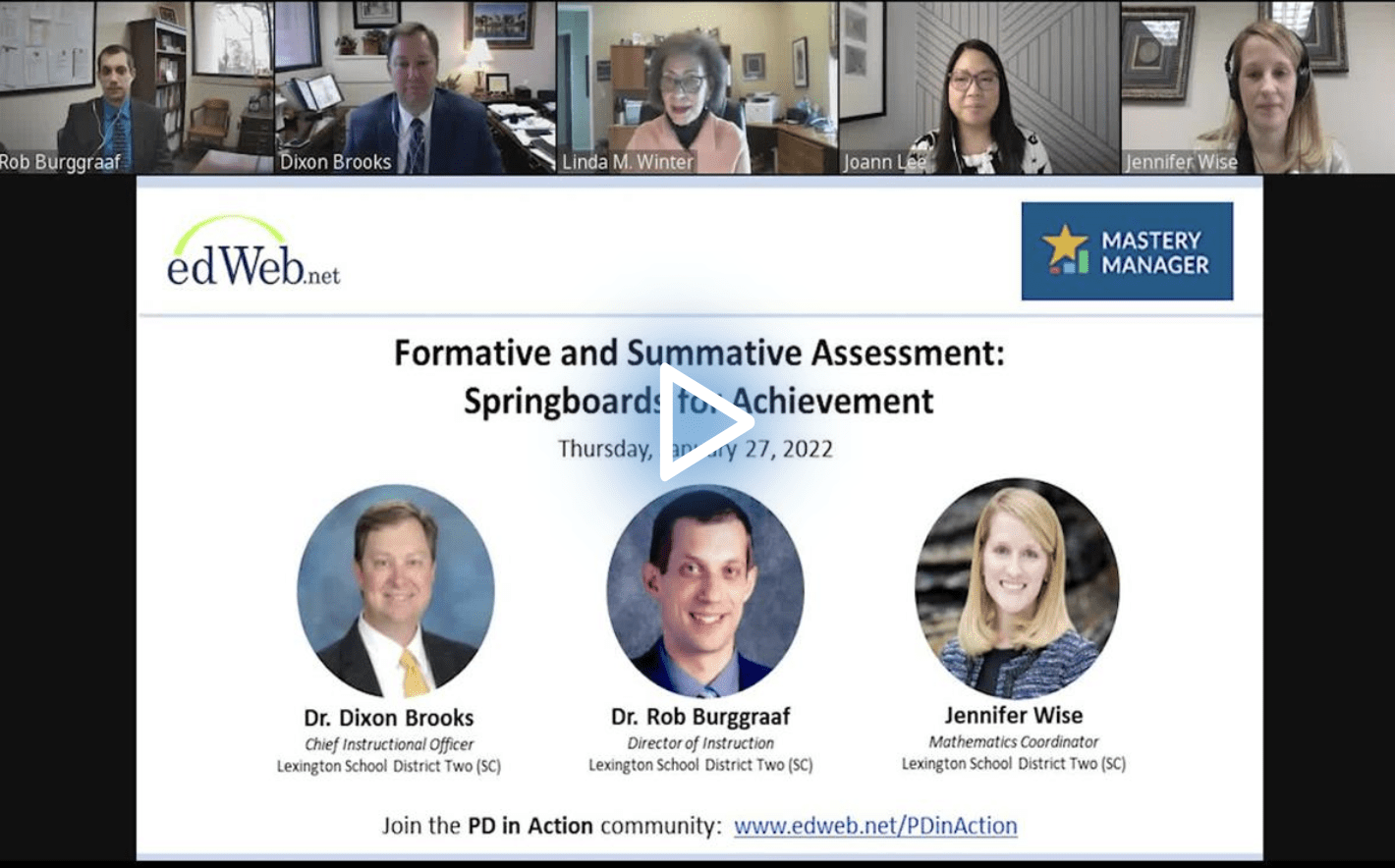Using an Assessment Platform: Lessons from the Trenches
Blog post by Stacey Pusey based on this edLeader Panel
Technology and assessments seem like natural partners—after all, the goal of assessments is to collect data on student progress. But as leaders of the Lexington School District Two (LEX2) in South Carolina discovered, just collecting data is not enough.
During the edLeader Panel, “Formative and Summative Assessment: Springboards for Achievement,” the presenters discussed the lessons they learned searching for and implementing a new assessment platform.
- Make sure the platform is user-friendly across all levels of proficiency. In other words, if every educator is using the program, then every educator should be able to access and use the base functions of the platform. While there will always be teachers whose tech skills let them take extra steps, you don’t want to start with a program that demands high proficiency.
- Involve teachers in choosing the platform. Since every teacher has to use the program, the selection committee should include educators from the different grade levels and subject areas. Give them a voice before you spend money and find out that certain features are lacking.
- Involve teachers in setting up the platform. At LEX2, the teachers are involved in creating proficiency maps aligned to standards as well as determining scope and sequence. Thus, they also work on developing the assessments—from questions to timing to method. This creates buy-in with the staff because they know their colleagues had a strong voice in the process.
- Start small and build on your success. Rather than converting all assessments to the new platform throughout the district, they began with state-level benchmark assessments at one school. Once administrators felt like they had proof of concept, they started working with other schools and grade levels. Now, they have common end-of-unit assessments in K-8.
- Provide continuous professional learning. Beyond implementing the new platform, provide teachers with opportunities to ask questions about and work with teacher leaders throughout the year, every year. Give them time to collaborate with each other, figure out what’s working, what’s not, and what they want to do next. And don’t assume the teachers will know how to adapt the program for all situations. Administrators at LEX2 held a summer symposium that not only focused on using the platform, but also on how to administer meaningful assessments for in-person and virtual learning.
- Talk to the students. Instead of guessing how students are reacting to the new platform, ask them. Find out what tools are and aren’t working. Talk about some of the assessment questions and find out how they approached them. These focus groups help ensure the assessments are actually measuring student learning.
- Use the data. While LEX2 was at first focused on choosing a program that had a question bank, they soon realized what they really wanted was a platform that helped them break down the data in a variety of ways to discover student learning needs. If they were only analyzing data at a classroom or grade level, then the assessment platform wasn’t actually helping them improve instruction.
Finally, the presenters emphasized that assessment development and implementation should be iterative. Since students change from year to year, the assessments need to as well.
Learn more about this edWeb broadcast, “Formative and Summative Assessment: Springboards for Achievement,” sponsored by Mastery Manager.
Watch the Recording Listen to the Podcast
Join the Community
PD In Action is a free professional learning community on edWeb.net that makes it easy to collaborate with fellow educators on the common goal of improving student learning.





Comments are closed.